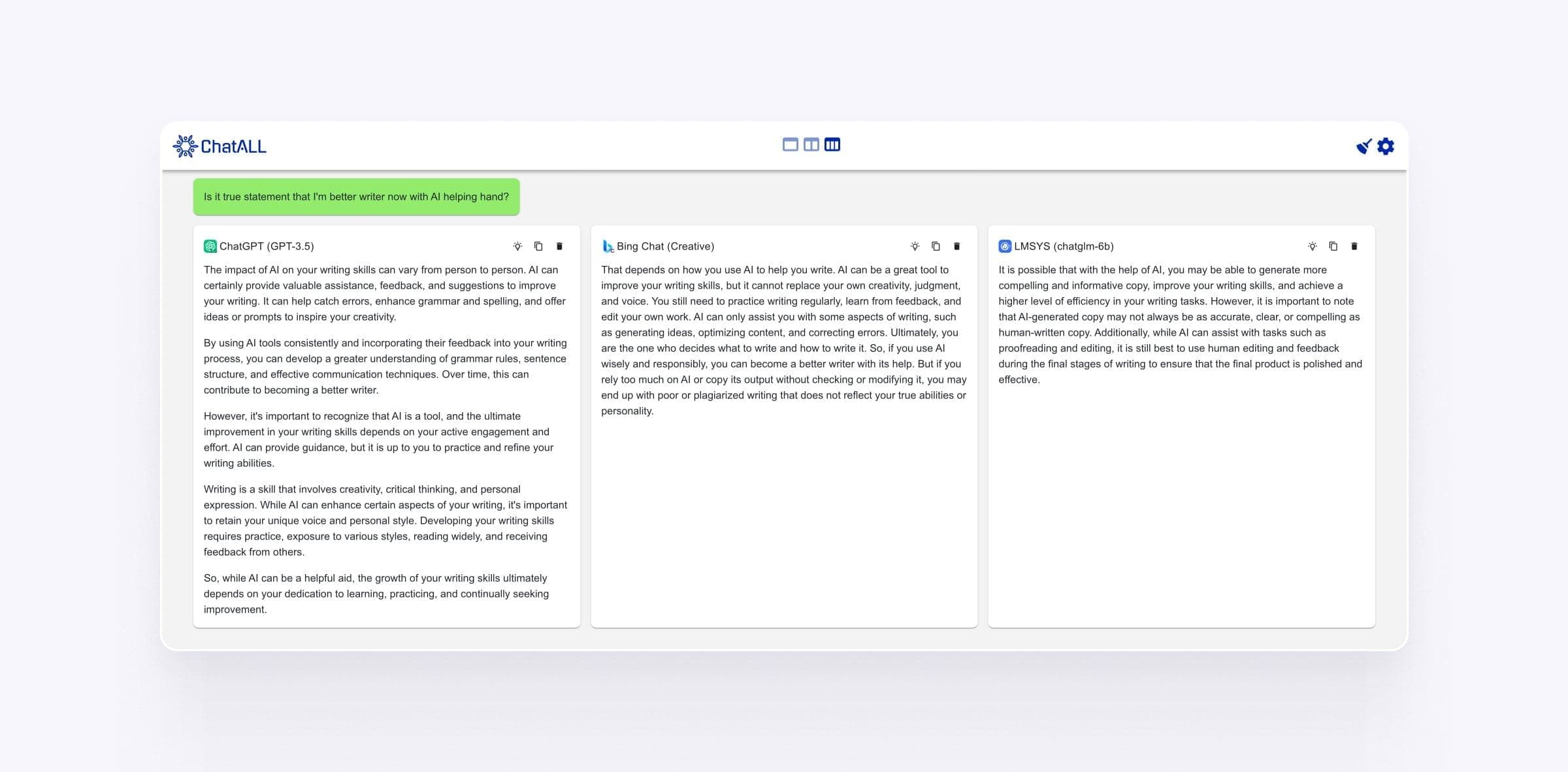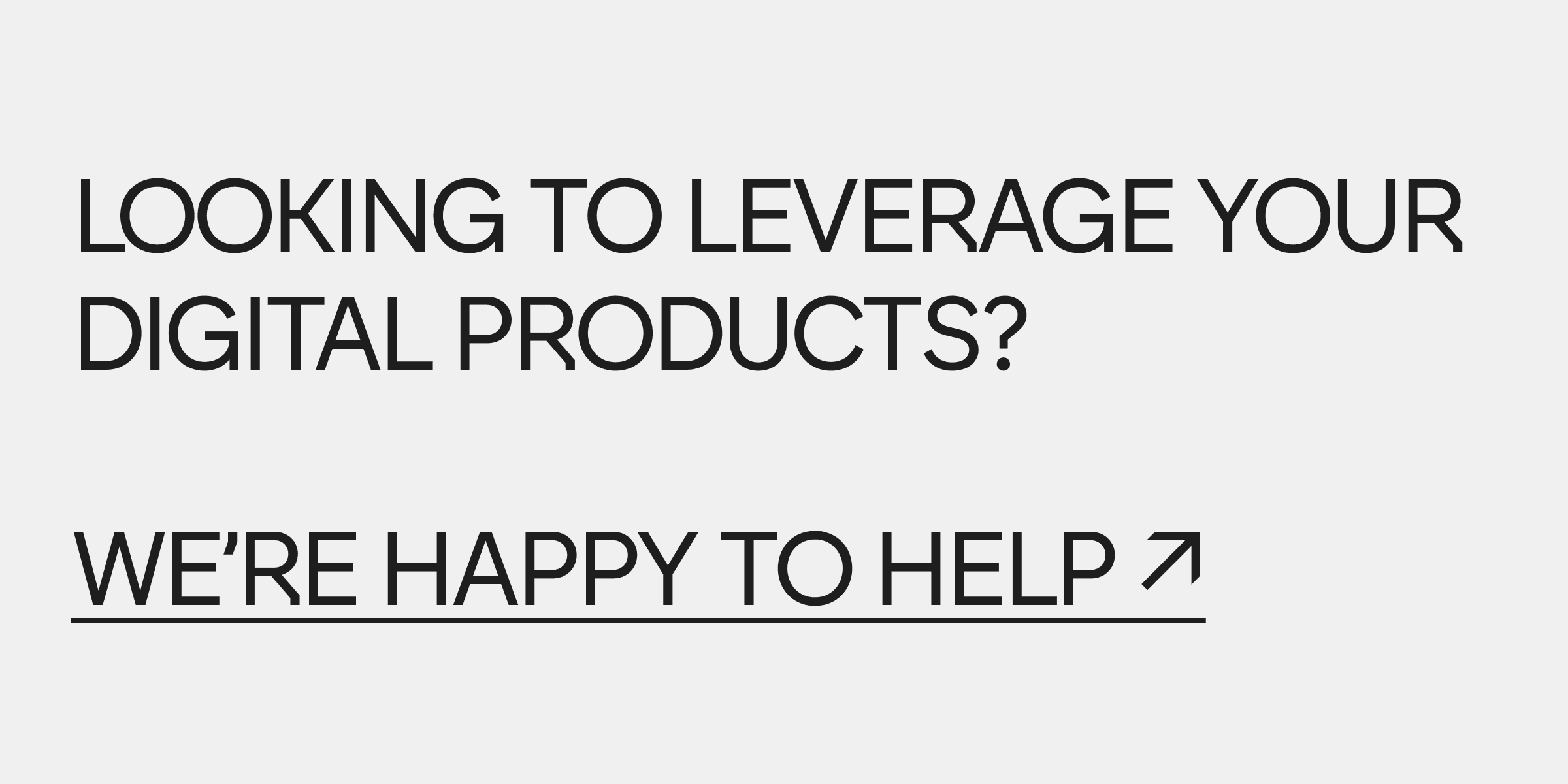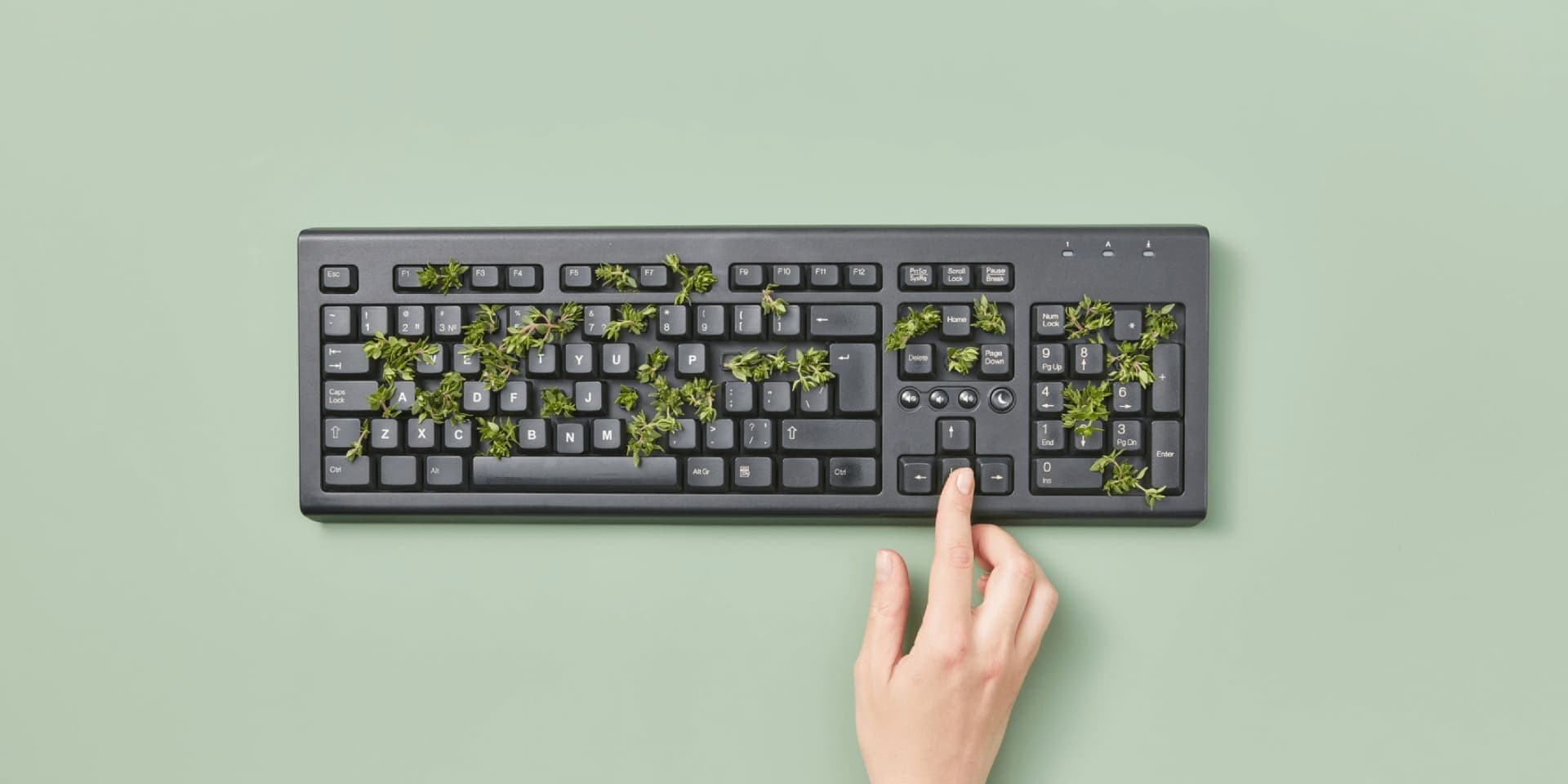The launch of OpenAI's ChatGPT was the beginning of a revolution. Artificial intelligence has swiftly become a powerful and innovative tool, aiding individuals in passing exams, composing love letters, and generating photorealistic images. Right now, AI is making its way into various sectors. That includes the realm of graphic design tools, as designers are becoming increasingly familiar with the capabilities of AI.
But doesn't this spell doom for all graphic designers? I don't think so. Quite the opposite, actually. AI has the potential to enhance the work of any graphic designer and make it more captivating than ever before. As Jim Coudal mentioned, "The idea is not just to speed up the design process, but to improve its quality by incorporating more human elements, such as color choices or aesthetics while retaining machine-based processes." So, let us delve into what challenges lie before graphic designers in this AI-driven era.
What is Artificial Intelligence?
Artificial Intelligence refers to the simulation of human intelligence in machines using machine learning. In other words, it makes it possible for machines to think and learn like humans. It encompasses a wide range of technologies and approaches that enable computers to perform tasks that typically require human intelligence. These tasks include understanding language, recognizing objects, making decisions, and solving complex problems.
Machines powered by AI are able to complete these tasks because of two things. First, they analyze vast amounts of data and identify patterns in that data. Second, they adapt their behavior based on experience, which allows them to improve their performance over time.
How Do Web Designers Define AI Tools?
AI tools are pieces of software that emulate human intelligence. The role of AI design tools is to replicate or enhance a designer's decision-making and problem-solving capabilities. Obviously, with AI's help, these capabilities are growing rapidly!
AI tools are already capable of performing complex and creative tasks, such as generating creative assets, improving image quality, producing design templates at rapid speed, analyzing user behavior, accelerating the web development process, and accurately testing website performance.
However, with everyone wanting to jump on the AI graphic design tool bandwagon, it's crucial to carefully consider which tools provide us with genuine benefits. You don't want to waste time on an impractical AI tool that's merely attempting to join the crowd of countless AI-powered applications.
Now, let's establish which tasks AI can truly assist designers with.
the Best AI Tools for Graphic Designers and Web Design Projects
It's safe to say that graphic designers and web designers are constantly looking for ways to enhance the design process. With the rapid advancements in AI technology, a plethora of AI graphic design tools have emerged to assist us with designing mobile apps and web apps alike.
When it comes to web design, AI has revolutionized the industry by offering every web designer and web developer the best AI design tools available. Such tools utilize cutting-edge machine learning algorithms to generate stunning layouts, suggest color palettes, write engaging content, and even provide intelligent recommendations for typography and image selection. More on that below!
AI Tools for Creating Images
In the beginning, we had DALL-E. The application was responsible for flooding the internet with funny AI-generated images of people resembling plastic figures.
Later, it was Midjourney that revolutionized the market. As one of the best AI design tools in the design industry, it allows any both an amateur and a seasoned digital artist to generate high-quality images for storyboards, sharpen blurry images, create detailed animal portraits, or produce artworks that are reminiscent of the creations of long-deceased artists. Better yet, it allows you to do just that with just a few clicks.
Right now, a skilled art director can generate high-quality visual content for an advertising campaign for a small company in a cost-effective manner, which would never be possible without AI-powered tools. What's more, numerous articles have been written on how to write prompts that can create unique and interesting works with the help of machine learning algorithms.
The speed at which these algorithms work is impressive. To give an example, AI was able to prepare 7 million different packaging designs for Nutella in a very short period of time. Aside from that, visual content can now be edited more quickly.
We can enhance images using AI image processing tools like Remini, Vance AI, or the recently made public Generative Fill tool in Adobe Photoshop.
Soon, AI will be capable of independently generating 3D objects (Sloyd AI, 3DFY) or more advanced UI flows (https://uizard.io/). So, if you need programs with advanced features that can be used for generating digital art and tweaking it at an unprecedented speed, you have a vast collection of options to choose from.
As a result, UI/UX designers can now take care of their day-to-day tasks quicker, from creating mood boards and experimenting with different styles and concepts to presenting their ideas to clients. This makes it possible to go through multiple versions of any design project in a matter of hours. It also increases the overall efficiency of one's creative workflow, irrespective of both their design background and design skills.

AI Tools for Text Writing
Struggling to convince a client that something works as a design? Need to better justify your UX decisions in any language on Earth? Brainstorming design ideas for upcoming marketing campaigns? As you probably know, working as a designer isn't only about solving visual problems. You need to be able to explain your ideas. What's more, you need to do so in the best way possible.
That's where ChatGPT comes in. The King. It's an AI tool that started the entire AI revolution. Many other AI-powered applications are based on ChatGPT, and they tend to work on a paid subscription model. With that in mind, before you consider paying for a subscription in an app that offers limited functionality, check if similar results can be achieved by chatting with ChatGPT itself.
Overall, ChatGPT can be used to speed up a wide range of writing-related tasks, from searching for arguments regarding design choices to generating content for websites, writing social media posts, and even stepping in for a web developer and coding entire web apps from scratch. Until recently, it was a must-have for every designer. However, now that there are many alternatives to ChatGPT, it's worth using the same prompt in several different places.
To speed up the process, you could use ChatALL. It's a tool with an intuitive interface that allows you to talk to several different chatbots at the same time. By contrasting the "knowledge" of multiple virtual companions and using tools like rytr.me or copy.ai for further content editing, a designer can quickly generate the copy they need. At the same time, they gain some valuable time, which can then be used for a deeper analysis of the task at hand.

AI Graphic Design Tools in Figma
We are all familiar with graphic design software, particularly Figma. We also strive to take care of repetitive tasks faster. That's why AI-powered tools were made available in Figma. They can not only create realistic images, but are also able to produce captivating web layouts, UI concepts, design elements, and even final designs.
If you need to quickly generate custom color palettes or test different color combinations, you can rely on an AI color tool like Automator. And when you need some extra support, there are mind-blowing plugins available from companies like Diagram.
For starters, consider installing Magician or Genius to enhance your design workflow. You could also give Galileo AI a try. It can generate entire layouts based on user's input.
While these tools won't take care of the entirety of your work for you, they can rapidly generate a simple wireframe sketch or design a layout. They can serve as a solid foundation for further visual exploration of different ideas and concepts.
Read more: What Are UX/UI Wireframes and Why Do We Make Them?
the Future of Graphic Design: Let’s Stop Stressing Over AI Taking Designer Jobs
So, will AI replace graphic designers? Is graphic design a dying career? Again, I don't think so. One of the key advantages of utilizing artificial intelligence in graphic design is that it gives you the ability to automate repetitive tasks.
A graphic designer often spends a significant amount of time on things like generating style guides, color schemes, layouts, moving elements pixel by pixel, and more. An AI design tool can help them automate these tasks, giving designers the space they need to focus on the creative process.
As artificial intelligence uncovers new creative possibilities and accelerates content creation, a web designer of the future will become more like an art director or a consultant. Rather than spending hours moving pixels back and forth, they will have machines do it for them.
All in all, by automating repetitive tasks, a well-chosen AI tool can significantly improve the efficiency of the graphic design process. In the long run, this could make high-quality services, which often come with a high cost, more accessible to a wider audience.






